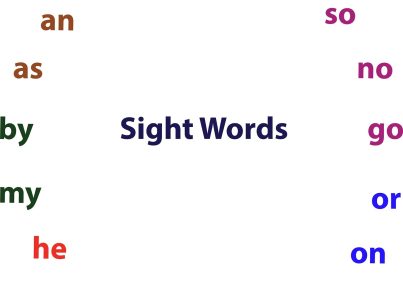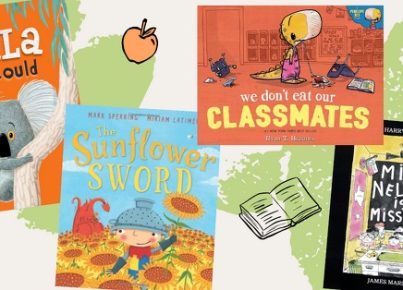Introduction:
Reading comprehension is a vital skill that students should develop throughout their academic journey. Not only does it ensure success in school, but it also enriches personal, intellectual, and cultural growth. Teachers play a crucial role in fostering healthy reading habits and comprehension skills among their students. In this article, we will discuss the top seven reading comprehension strategies that both students and teachers can implement.
1. Skimming and Scanning
Skimming and scanning are techniques designed to give readers a quick grasp of the overall content. Skimming involves getting the gist of the text by quickly glancing over headings, subheadings, pictures, captions, highlighted words, and summaries. Meanwhile, scanning is used for locating specific information or keywords within the text.
2. Activating Prior Knowledge
Students should be encouraged to make connections between their existing knowledge and the new material they’re reading. Background information often makes it easier to comprehend complex topics. Teachers can facilitate these connections by discussing related experiences or exploring concepts before plowing through difficult texts.
3. Visualizing
Creating mental images while reading is an effective way to enhance understanding as it adds a personal context to the content. Visualization can occur during classroom read-aloud sessions or independent reading. Teachers can inspire these mental pictures by asking questions that require students to form specific images in their minds.
4. Questioning
Asking questions while reading boosts engagement, deepens understanding, and encourages critical thinking. Students should be guided towards asking purposeful questions: e.g., main idea inquiries or predictions about the content outcome. Teachers can model this questioning technique during shared reading sessions or brainstorm questions with students before they dive into the material individually.
5. Summarizing
To reinforce cognitive processing and solidify understanding, encourage students to summarize what they’ve read in their own words. This practice helps learners consolidate learned information while strengthening their writing skills. Teachers can incorporate summarizing activities by encouraging pair sharing, whole-group discussions, or written accounts in reflective journals.
6. Making Inferences
An essential aspect of critical thinking is the ability to make logical inferences based on textual clues even when the information isn’t explicitly stated. Teachers should encourage students to use their prior knowledge and textual evidence to make educated guesses about the content. Classroom conversations around inferential thinking can lead to deeper insights into the material.
7. Monitoring Comprehension
Students should develop self-monitoring habits while reading to assess their understanding continually. Pausing after a section or chapter helps identify confusing passages that require rereading or further clarification. Teachers can model this approach by conducting read-aloud sessions and periodically stopping to check for comprehension among their students.
Conclusion:
Implementing these seven reading comprehension strategies will significantly boost students’ understanding and retention of material while preparing them for life-long learning experiences. With consistent practice and guidance from their teachers, students will cultivate robust reading habits that persist long after they leave the classroom environment.




